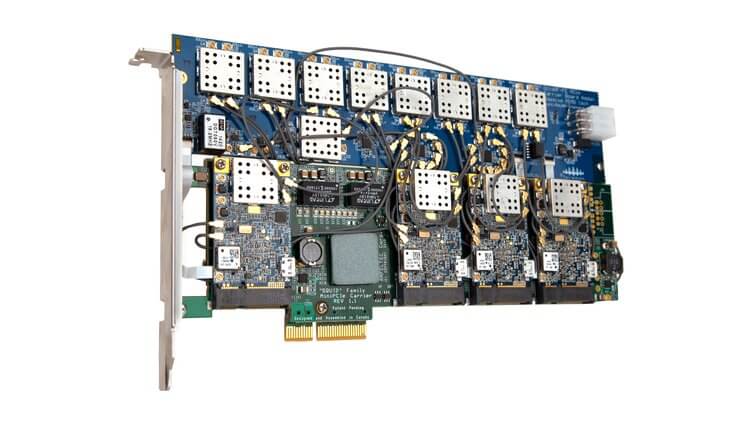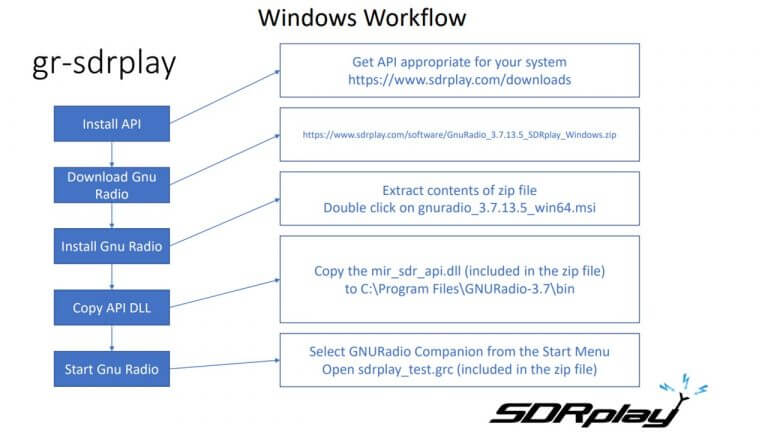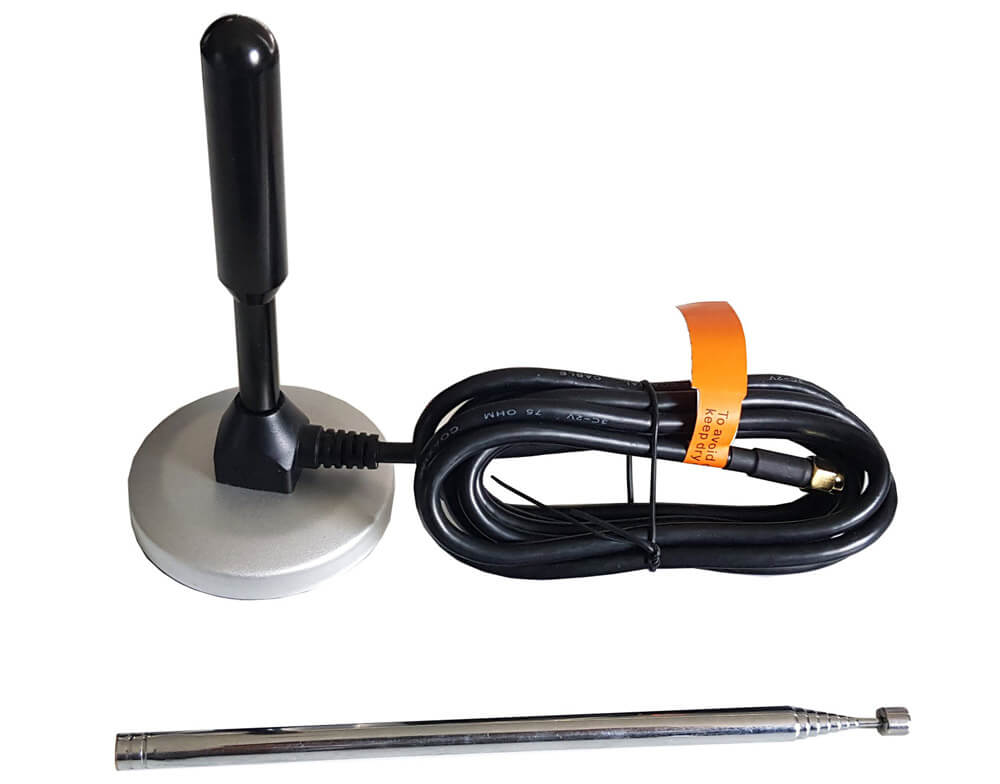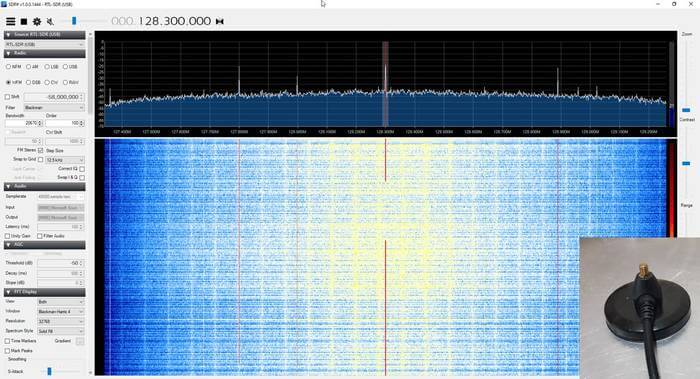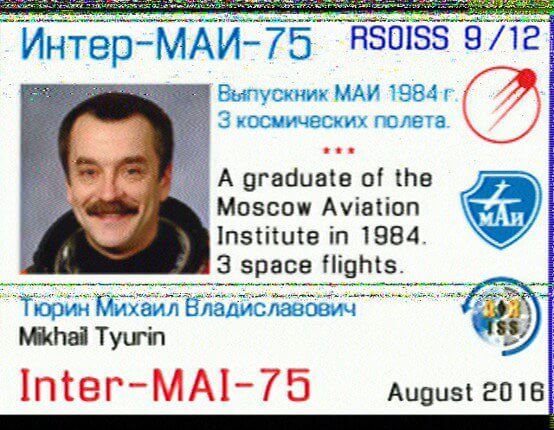XYNC: A Massive MIMO SDR with up to 32×32 TX/RX Channels
Back in 2017 we posted about the crowd funding of the Fairwaves XTRX, a small PCIe based TX/RX capable software defined radio that back then cost US$199 (now only the XTRX Pro is available for US$599). The XTRX is based on the same RF chips that are used in the LimeSDR and each unit has 2 x 2 MIMO (multi-input, multi-output), 120 MSPS SISO / 90 MSPS MIMO, 30 MHz to 3.7 GHz tuning range and comes with an on board GPSDO.
Recently Fairwaves have begun crowdfunding a new software defined radio called the XYNC. The XYNC is essentially a motherboard for connecting up to 16 XTRX boards together which results in an SDR with 32 TX and 32 RX channels.
If you’re working on a massive MIMO system or have a large swath of spectrum you need to monitor, XYNC (pronounced iks-sync) is right for you. XYNC builds on the success of the Octopack SDR we offered during the XTRX campaign and takes into account feedback from the original Octopack users.
You can connect two XYNC boards, either to increase the number of RX/TX channels (e.g., two XYNC Octos give you 32 TX and 32 RX channels) or to increase throughput per channel (e.g., two XYNC Quadros give you twice the throughput of a single XYNC Octo). Connecting more than two XYNC boards is also possible, but requires an external clock and 1 pps signal distribution circuitry, neither of which is provided as part of this campaign.
While advertised as low cost, the pricing is probably out of reach for most hobbyists, with the quad 8x8 unit coming in at US$4500 and the top 16 board 32x32 unit priced at US$13,000. Still, these prices are very good for a massively MIMO SDR and pricing is set to rise once the crowdfunding campaign ends in 39 days.
